| EARTH METROPOLIS AFRICAN ART |
| ClaudeClark.org | Educ. | African | Search | African Studies | Art | Baule | Igbo | Yoruba |Akan Art | |
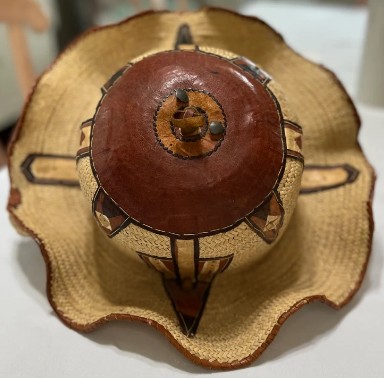 A Straw Leather Hat Made by the Fulani People | 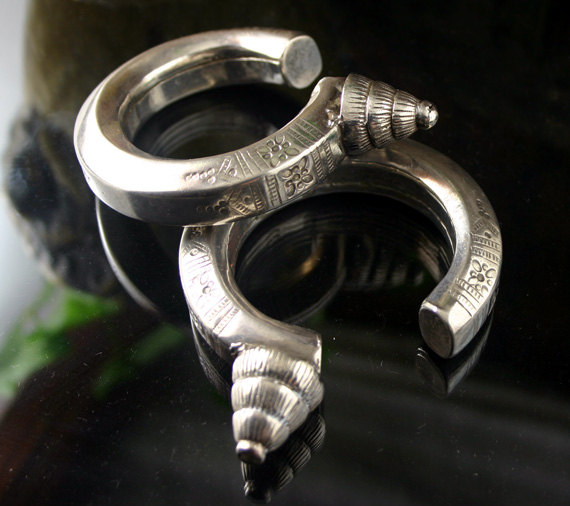 Jewelry Made by Tuareg Silversmiths | 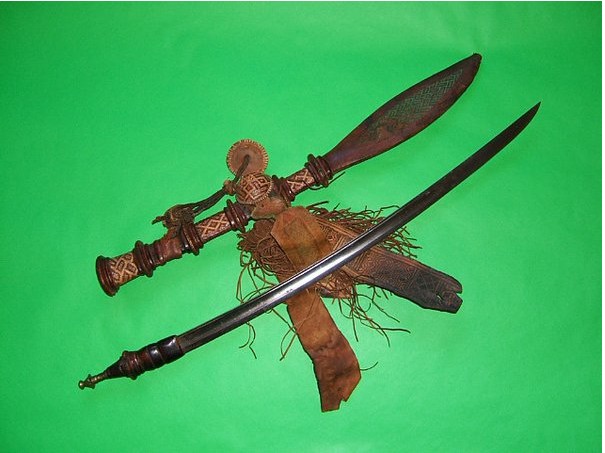 Malain Weapons Made by Mali Blacksmiths |  Malain Terre-cotta Produced between 12-14th Century AD | 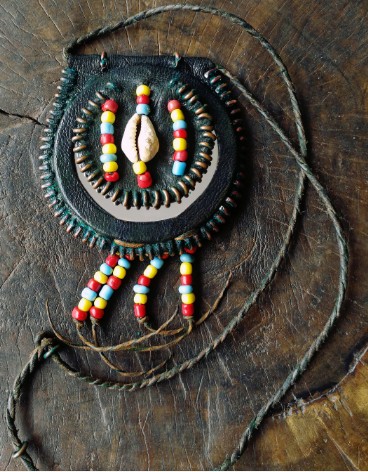 Wodaabe Charm Necklace |
|---|
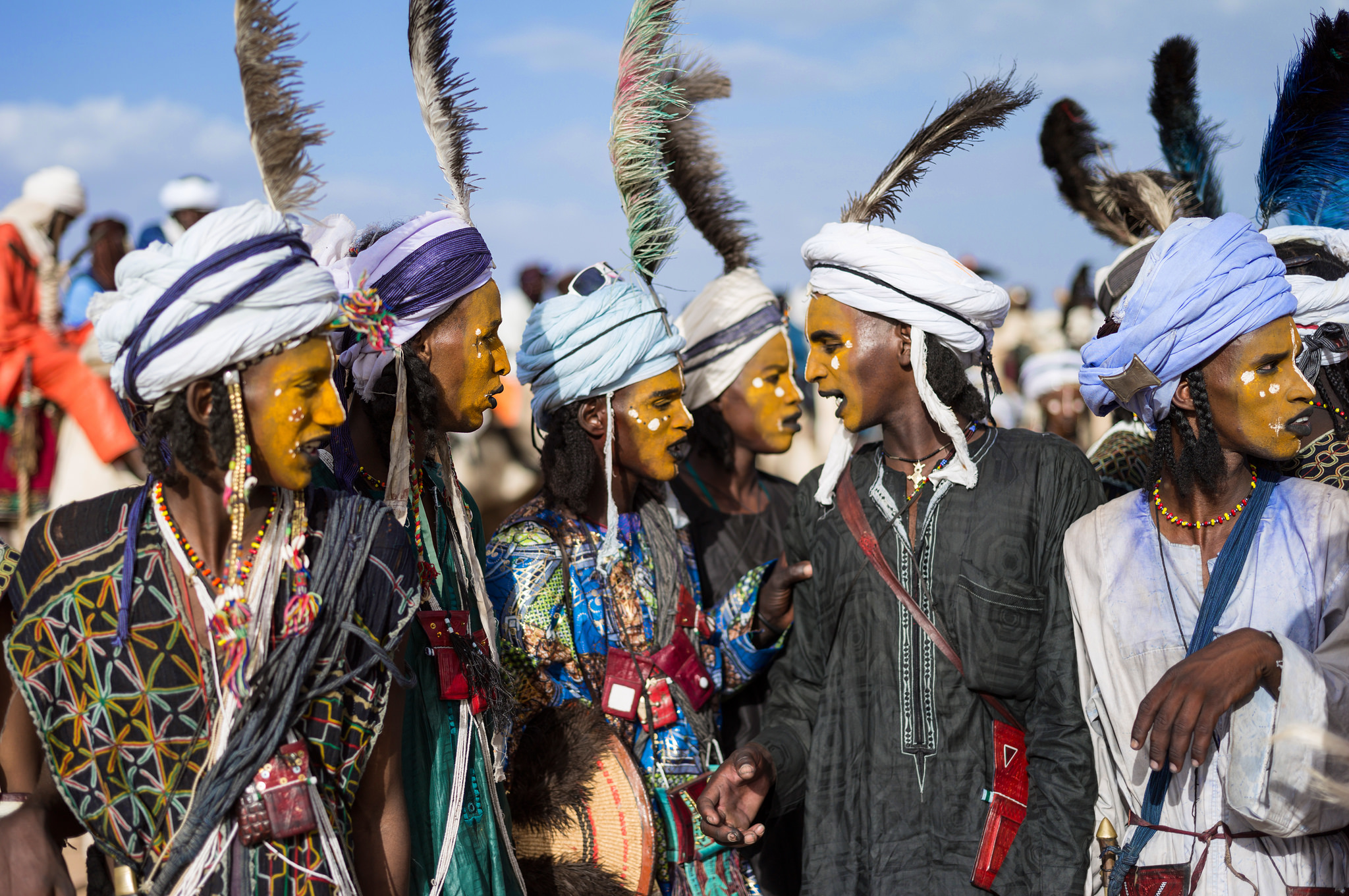 Wodaabe Nomad Men | 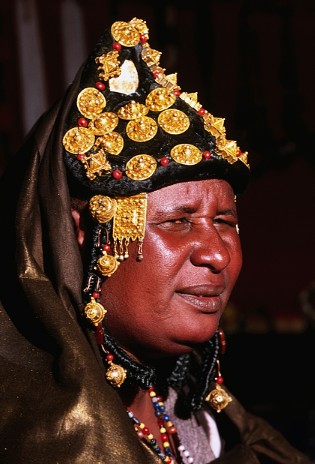 Sonhai Lady | 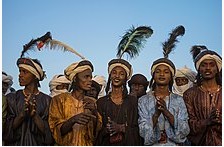 Fulani Nomad Men |  Housa Man in Kano | 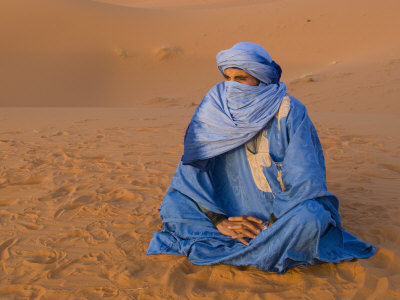 Tuareg Nomad Man from Niger |
|---|
| Broadcast ON | SAHARA DESERT & SAHEL PEOPLE |
|---|
 |
|---|
|
Africa is the birthplace of Hominids and human Civilization. Iron smelting began in Meroe or Kush between 400-200 BC, putting humans on the cutting edge of an Industrial Revolution which began in England during year 1750, making Western Civilization what it is today. Without iron there would "be no" advance agriculture, or planes in the air. |
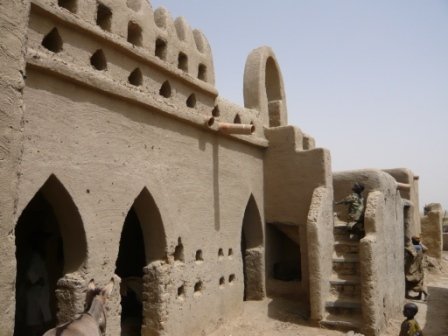 Bamana Architecture | 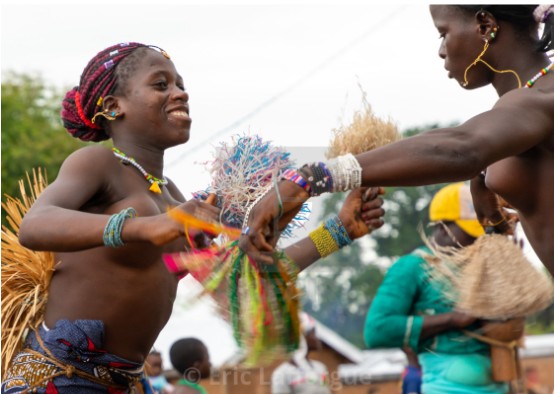 Two Senufo Women Dancers | 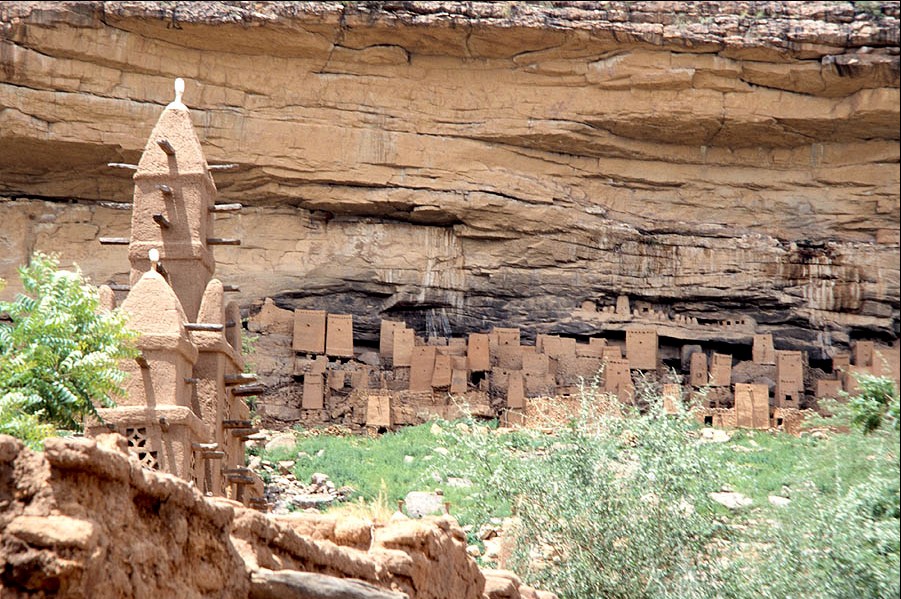 Dogon Village and Mosque | 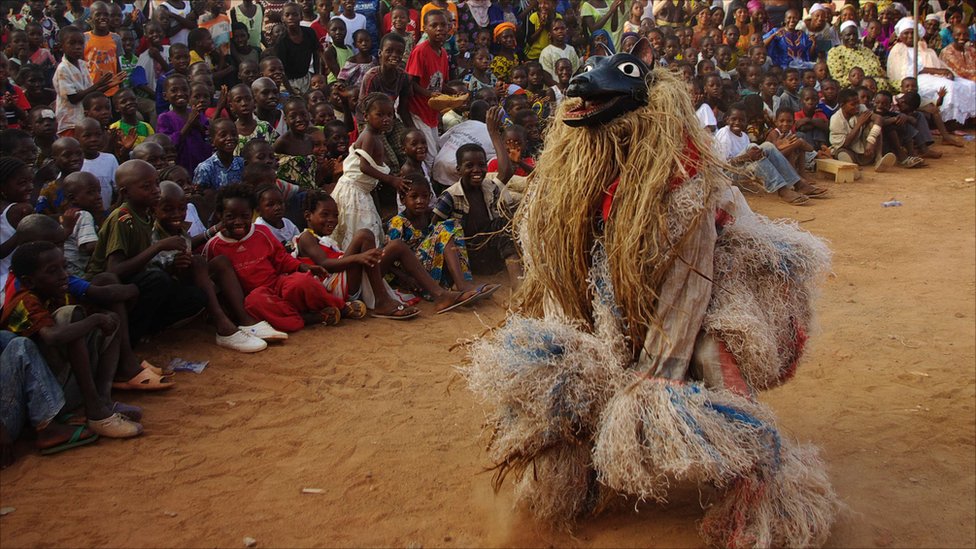 Bamana Puppet Dancer |
|---|
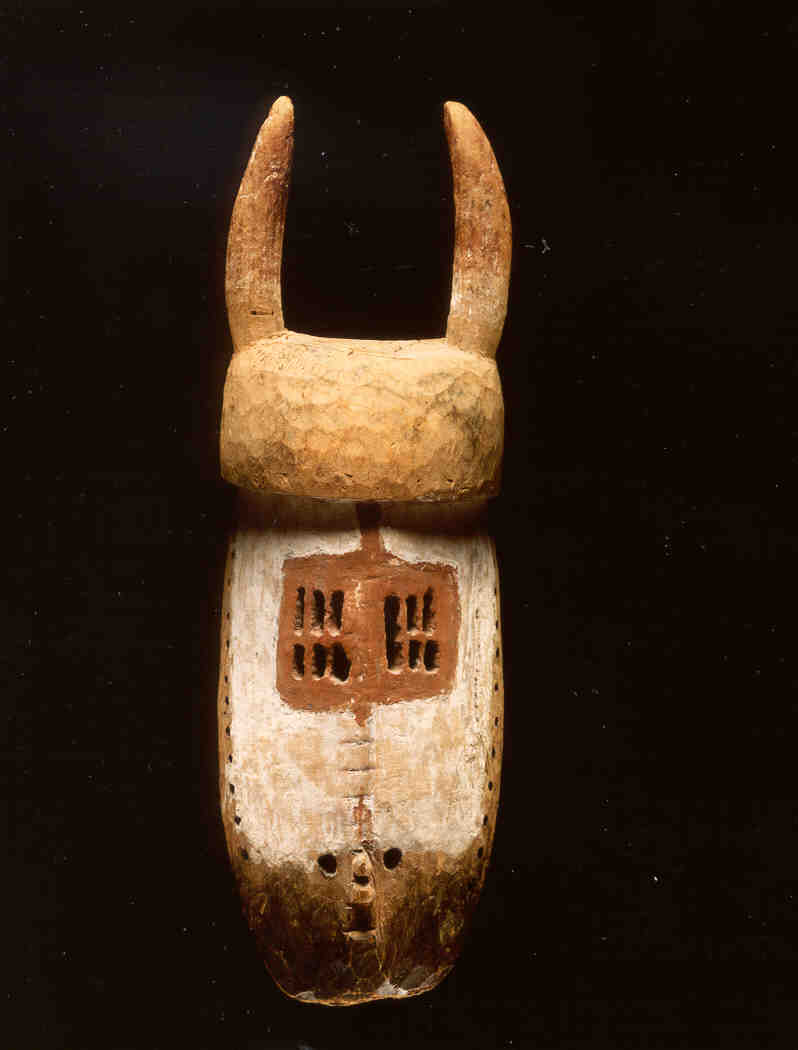 Mossi Mask | 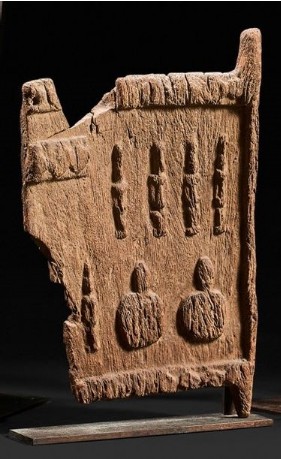 Tellem Millet Loft Door | 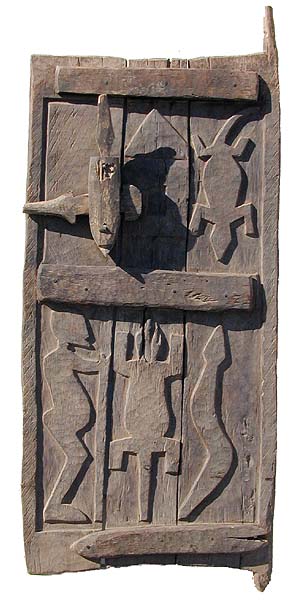 Dogon Door | 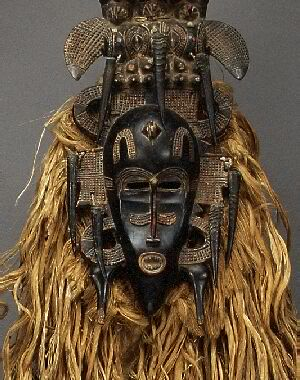 Senufo Kepelle Poro Mask | 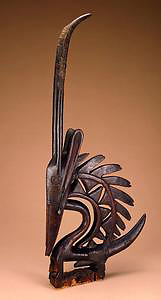 Bamana Antelope | 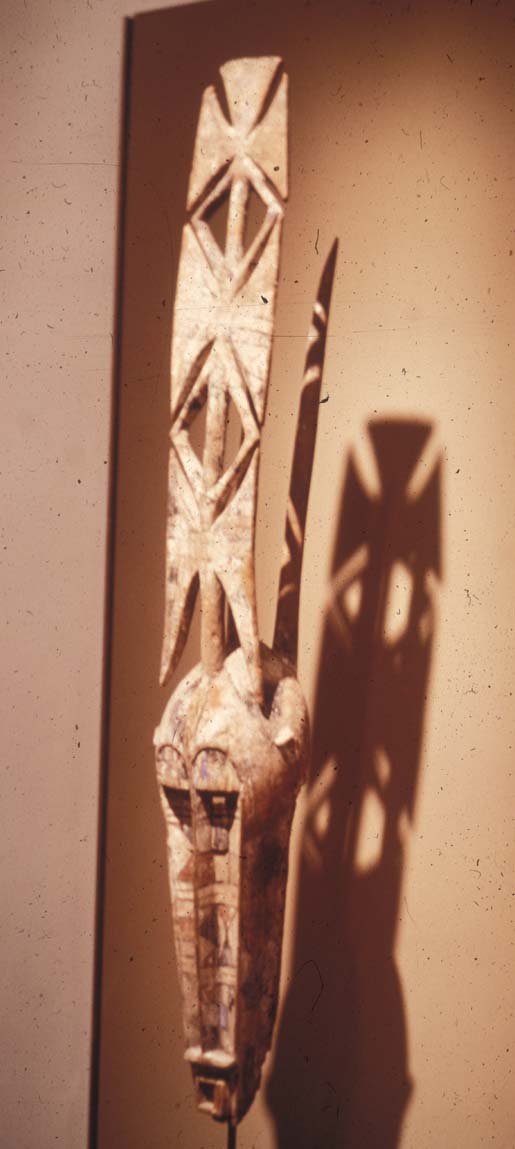 Bobo Mask |  Mama Buffalo Mask |
|---|
| Broadcast OFF | ARID STEPPE & WESTERN SAVANNAH PEOPLE |
|---|
 |
|---|
|
West African is made up of Arid Steppe, Savannah and Dry-Rainforest. The steppe region is located between the Sahara Desert in the north and Savannah Dry-Rainforest areas in the south. The Western Steppe receives less rain than the Savannah and Dry-Rainforest regions to the south. The Steppe consists of grass, brush and thicket accented by an occasional tree. This area of Africa has two seasons a year wet and dry seasons. Rain comes only during the six months of wet season. Western Steppe has many rivers and lakes that don't appear on world maps, because these bodies of water only exist when it rains. During the six months of dry season the temporary lakes and streams dry up. Droughts plague this rejoin as well. Occasionally a lake may last for several years; long enough to support large numbers of fish, boats and fishing communities; then it would eventually dry up and disappear. The Niger river and the Songhai people are the two constant bodies that remain in that area year after year. It has been said "If you want to kill a Songhai take him far away from the Niger". The same can probably be said about the Niger River as well. CLC West Africa is known for having the most abstract sculpture of mankind and it is the Arid Steppe region where the most extreme abstractions can be found. There has been no such thing as non objective art in traditional African art. All images in traditional African culture represent something and there was no image which could not be identified. Woodcarving was often the work of a blacksmith. Woodcarvers used the same principles used in farming, iron work and woodcarving. Farmers strike the soil with a hoe. Iron smithies strike metal using a stone or iron hammer and strike the wood using a steel adze. Blacksmiths made iron sculpture and often did bronze casting as well. Blacksmiths were the smelters. Blacksmiths in this region did not have to do any farming. They made hoes, cutlasses for farmers and hunting gear for hunters during periods of farming and carved wooden masks and sculptures during off seasons. Their wives in most cases made pottery. |
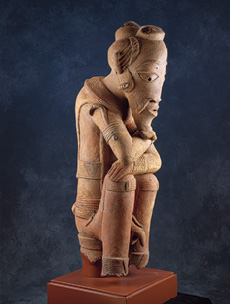 Nok Trerre-Cotta | 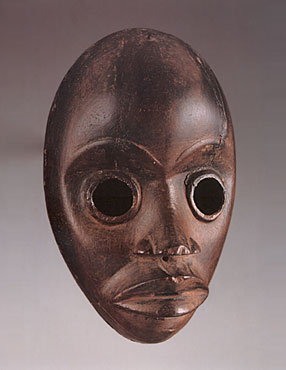 Poro/Sandi Society |  Idoma Art | 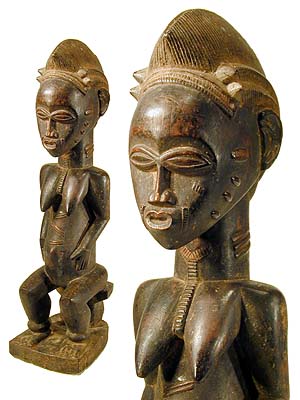 Baule Woodcarvings | 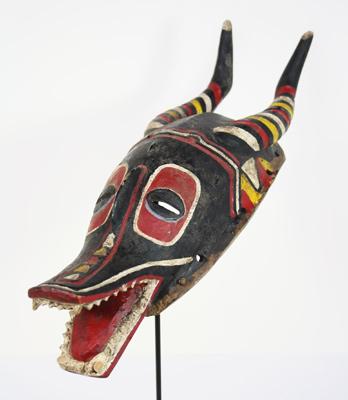 Guro carved Mask | 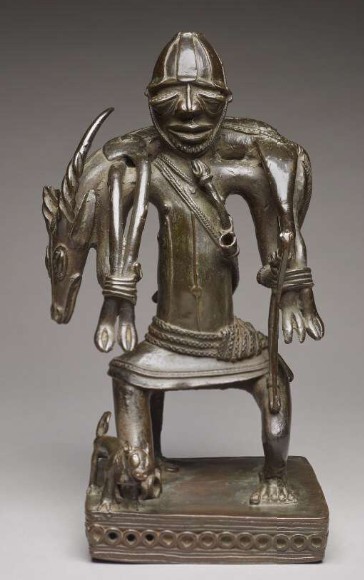 Lower Niger Bronze Cast | 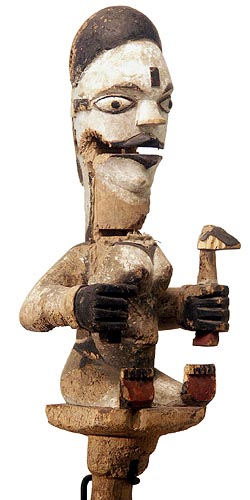 Ibibio Puppet | 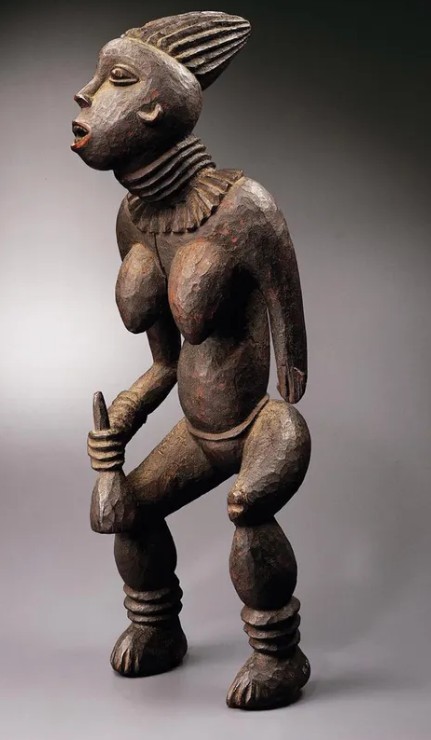 Cameroon Sculpture |
|---|
| Broadcast OFF | WESTERN SAVANNAH & DRY-RAINFOREST PEOPLE |
|---|
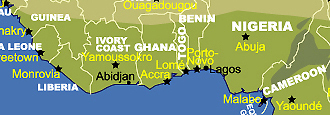 |
|---|
|
Savannah and Dry-Rainforest region are the home to the largest number of ethnic art cultures and variety of art for different uses west of the Nile valley. The oldest art in West and Central African Art can be found here as well. The Dry-Rainforest is a region that is noted for its variety of art iconography and its use of separate iconography for many of its different art mediums. This region practiced specialized labor skills in the arts. Agriculture economies in the region supported exclusive specialized labor in arts the year round. In this region of Africa three major "artempires" reigned starting in 12th Century AD until almost the end of the 19th Century. They started with Oyo Empire, Benin Empire second and the Ashanti Empire third. Both Benin and Ashanti held colonialism off until almost the beginning of the 20th Century. The Oyo-s were the most art productive and the two most feared empires were Benin and Ashanti. Benin was the larger of the two and considered the most dangerous. Benin had slipped into a very demoralizing and deep decline long before the British made their assault on the city. Colonial geographical division provides very little logic when it comes to identifying art cultural groupings and art environments in Africa. We will use colonial geography only to point out where people live. The largest number of art groups and variety of art exist in Nigeria. (Note: with the changes due to Neocolonialism the facts being provided are no longer true). Yoruba people are the largest population among art producing people in West Africa. Yoruba people have the largest variety of art and largest variety art uses found in both West and Central Africa. This fact can be verified by collected artifacts distributed though out private collections and museums found in Europe and the United States. The Ibo people living in a densely populate area in Eastern part of Nigeria are the next most prolific art producers in Nigeria. Nigeria contains the largest number of art ethnic groups in West Africa. When we us the term “West Africa” we are including the Arid Steppe along with the Savanna and Dry-Rainforest regions. The selection of work displayed above only represent a small selection of people from the Savannah and Dry-Rainforest. |